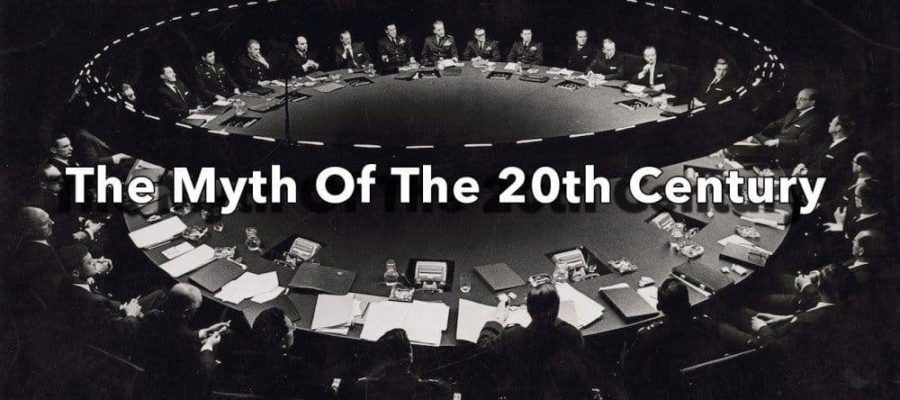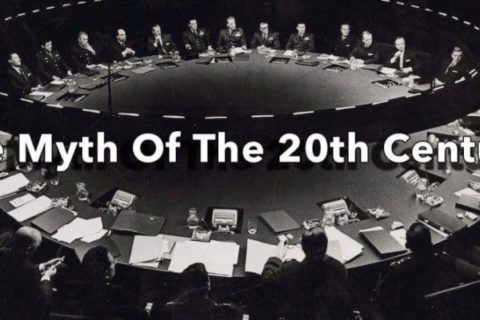Since the early days of European colonization in North America, the great abundance of natural resources was apparent to settlers and their colonial sponsors alike. Timber was chief among these, as the tremendous size and unspoiled nature of the forests that spanned from Canada down through Florida provided fuel, building materiel, and a source of jobs for a great many people. As the centuries progressed, and the frontier closed on the Pacific, America started having to contend with the fact that its resources were not unlimited, and the very real consequences to the environment as well as to the communities living amongst the trees of restrictions on logging had to be weighed. Today, it is less so the forest owl that is endangered, but instead the very notion of an American small town living away from large cities, self sufficient, and able to provide a life that for many was quintessentially free and working class.
Sometimes a Great Notion, Kesey (1964)
Sometimes a Great Notion, Newman (1971)
The Visible Hand, Chandler (1977)
From the American System to Mass Production, 1800-1932: The Development of Manufacturing Technology in the United States, Hounshell (1985)
Historical Effects of Logging of the Forests of the Cascade and Sierra Nevada Ranges of California, Laudenslayer and Darr (1990) – https://www.fs.fed.us/psw/publications/laudenslayer/psw_1990_laudenslayer_wildlife.pdf
Rambo – First Blood, Myth of the 20th Century (2017) – https://myth20c.wordpress.com/2017/12/13/rambo-first-blood/
A Billion-Dollar Fortune From Timber and Fire, Sorvino (2018) – https://www.forbes.com/feature/archie-emmerson-timber-forest-fires-logging/#3b92258864f9
The Visible Hand: The Managerial Revolution in American Business, Myth of the 20th Century (2021) – https://myth20c.wordpress.com/2021/05/14/the-visible-hand-the-managerial-revolution-in-american-business/
Japan’s Timber Trade and Forestry – http://www.jatan.org/eng/japan-e.html
If pessimism is despair, optimism is cowardice and stupidity. -Francis Parker Yockey



Really enjoyed this guys, very comfortable, very interesting.